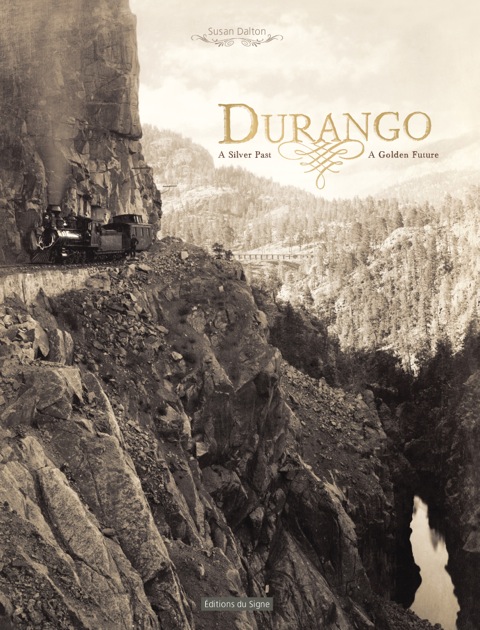
25 Dec Between the Covers: “Durango: A Silver Past, A Golden Future”
From age 12 until 99, William Henry Jackson was, ahem, focused on photography.
After a tour of duty in the Civil War, Jackson headed West, eventually settling in Omaha, Nebraska, where he opened a portrait photography studio with his brother Edward. But staged images of predictable subjects proved not to be his thing.
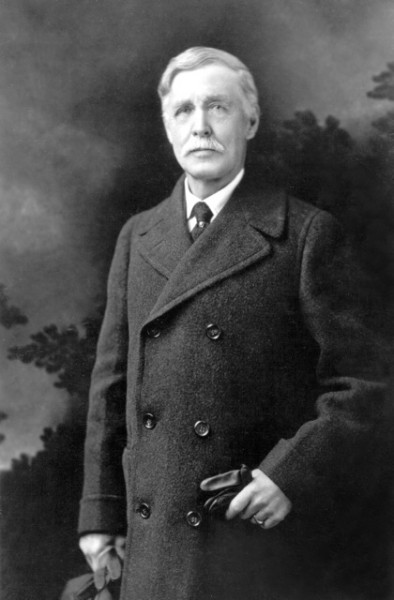
Photographer William Henry Jackson featured in “Durango: A Silver Poast, A Golden Future,” by Susan Dalton.
“Portrait photography never had any charms for me, so I sought my subjects from the house-tops, and finally from the hill-tops and about the surrounding country; the taste strengthening as my successes became greater in proportion to the failures,” Jackson wrote.
In 1870, Jackson accompanied geologist Ferdinand Vandiveer Hayden on an expedition across Wyoming, along the Green River, and eventually into the Yellowstone Lake region. His were the first published photographs of Yellowstone. Partly on the strength of that work, in March 1872, the area became America’s first national park.
On one of several independent expeditions that he headed, Jackson also became the first to photograph prehistoric Native American dwellings in Mesa Verde, Colorado. He finally settled in Denver, where he worked as a commercial landscape photographer and continued to publish his photographs as postcards.
William Henry Jackson’s story is a chapter in the second book of a series conceived by Susan Dalton that takes an unblinkered look at the colorful history of America’s Southwest.
The first book was a valentine to the author’s home: “Telluride: A Silver Past, A Golden Future.”
The second coffee table work wanders down the road a piece to the nearby town once known as the “Denver of the Southwest,” Durango.
Like the Telluride book, “Durango: A Silver Past, A Golden Future” is as rich as the history that unfolds in its pages, an opulent confection of words and images, including antique prints, historical photos, old paper memorabilia, paintings, maps, and vintage postcards, that conspire to tell the colorful tale of Durango, Silverton, and the network of railways that connected the San Juan Basin.
“Durango: A Silver Past, A Golden Future,” which includes 18 postcards to pull out, send to friends, or share with your family, is $60 In addition to the book, the publisher also chose to create a box of 18 “art” postcards that can be purchased independently for just $12. Both are available at Telluride’s Between the Covers Bookstore.
Shortly after its publication in November, the town of Durango purchased 200 copies of “Durango: A Silver Past, A Golden Future” to give as gifts and use for promotional purposes.
A book-signing with Susan Dalton takes place Wednesday, December 30,3:30 – 6:30 p.m. at Between the Covers.
The narrow gauge railway connecting the towns of Durango and Silverton has endured for over a century. At its inception, the railway was built to carry supplies up to the miners working in the San Juan Mining District. On its return, it carried ore for the smelters in Durango to process. Durango began as a support center for the San Juan mining district; the narrow gauge train provided the essential link.
Due to its enviable position on the Animas River and its natural resources of coal and fertile land, Durango developed effortlessly as a center for agriculture, mining, and the regional government. The discovery of ancient Pueblo cliff dwellings in Mancos Canyon made residents of Durango aware of the possibilities for tourism as far back as the late 1800s.
Residents of Durango have always believed that their “Golden Future” was easily attainable.
Camera in hand to create promotional photographs for the railroads, Jackson traveled the narrow gauge train lines – the Denver & Rio Grande and the Rio Grande Southern – in a special car built for his equipment and darkroom.
Another major player in Durango’s history was Otto Mears.
Mears astounded the world with his narrow-gauge mountain railroading, connecting Ridgway and Durango with the Rio Grande Southern line. He conceived of completing an Alpine Loop of railroads through the Silver San Juans, but was not able to realize the connection between Silverton and Ridgway. The Silverton Northern and the Silverton Railroad, also owned and built by Mears, were feeder lines that went up to the mining camps beyond Silverton. Silverton became the hub of mining activity for the region, establishing itself as the seat of San Juan County.
For over 130 years, the narrow gauge line traveling between Durango and Silverton stubbornly hung on, resisting closure. Passengers and residents were still dependent on the little narrow gauge train line that ran alongside the Animas River – or perhaps they were just sentimental about it.
Businessmen recognized the narrow gauge railway offered a great tourism opportunity to both Durango and Silverton. For decades, that idea was supported and tended to carefully by locals.
Declared a Registered Historical Landmark by the National Park Service, the 45-mile extension of the Denver & Rio Grande Railroad is i now known as the Durango & Silverton Narrow Gauge Railroad.
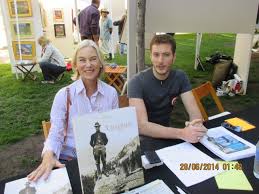
Susan Dalton with book designer Anthony, holding up their first book, “Telluride: A Silver Past, A Golden Future.”
Today, approximately 160,000 people each year visit Durango specifically to ride the train up to Silverton. This steady stream of visitors proves that Americans from all over the country are railroad enthusiasts, interested in protecting railroad heritage and preserving history.
Both Telluride, “Durango: A Silver Past, A Golden Future” and “Durango: A Silver Past, A Golden Future” are published by Editions du Signe, who puts out about 40 books a year in the U.S. – until Dalton’s work, all histories of Catholic dioceses.
“My book was their first commercial venture in the U.S. market!,” explained the author.


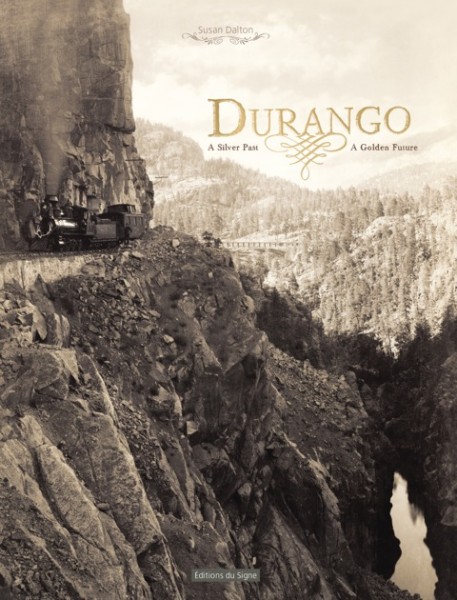
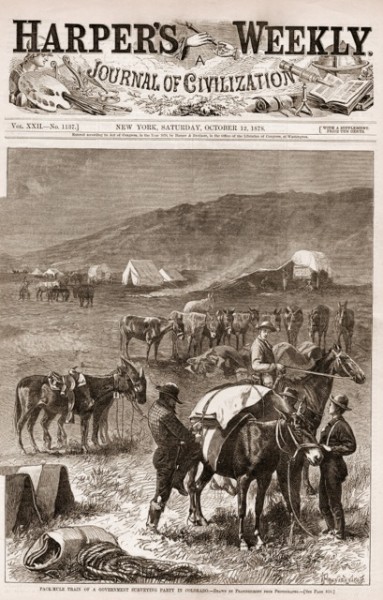
Sorry, the comment form is closed at this time.